
Nature of Malaysia 2014
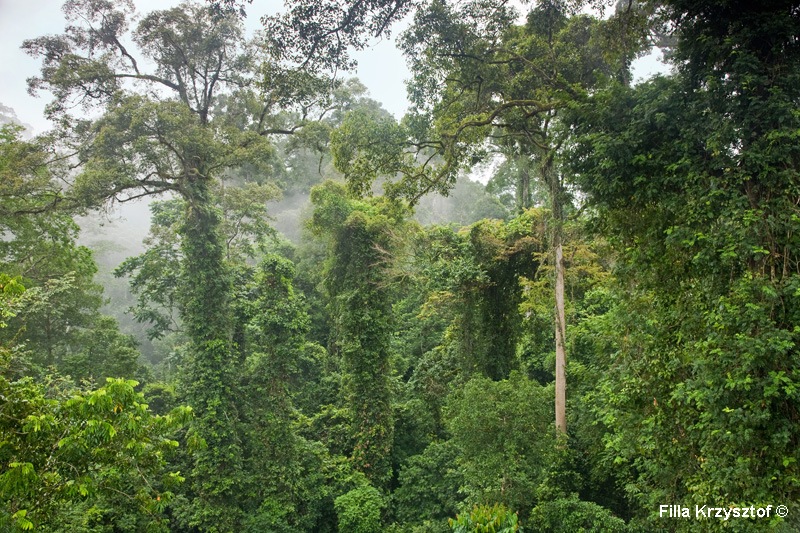
Danum Valley Conservation Area. 438 square kilometres of protected relatively untouched rainforest in Saba state- Borneo. In large part it is a humid lowland dipterocarp forest, characterised by two wing seed.
^ ^^^
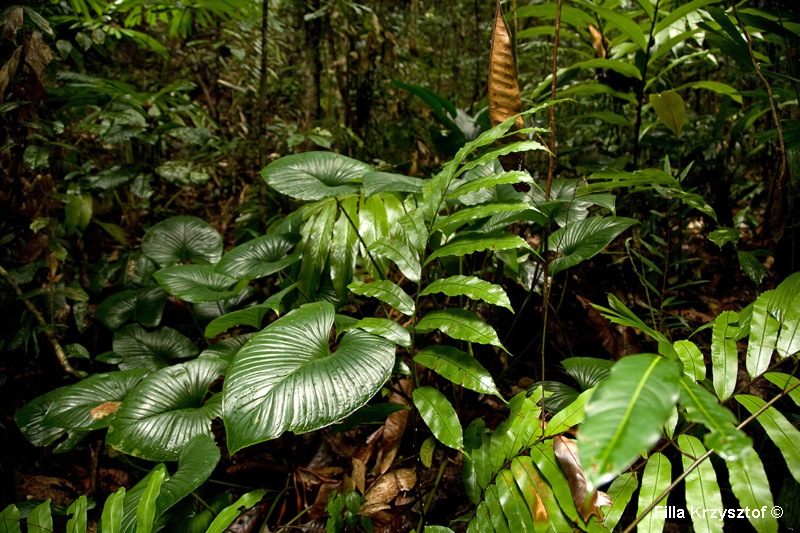
Only 50 years ago Borneo was covered with thick natural forest cover, today these are small pockets of forest. Many of these forest are parks usually protected by law which does not mean they do not vanish by illegal logging.
^ ^^^
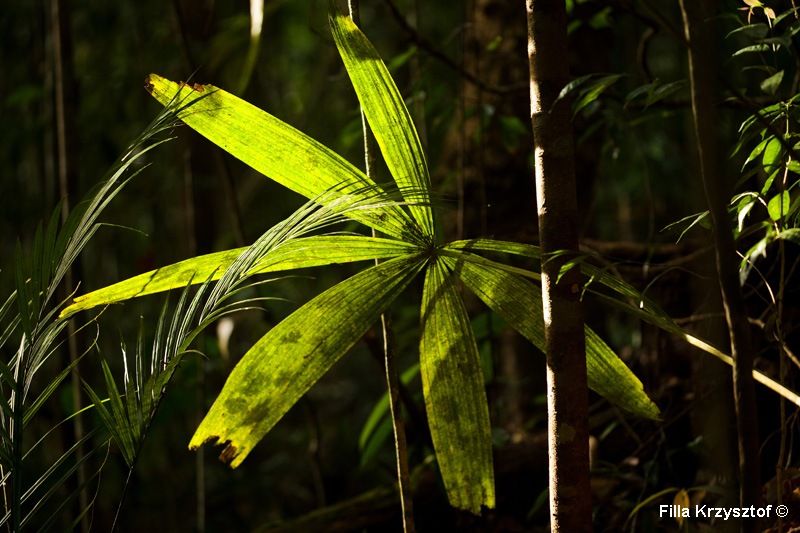
^ ^^^
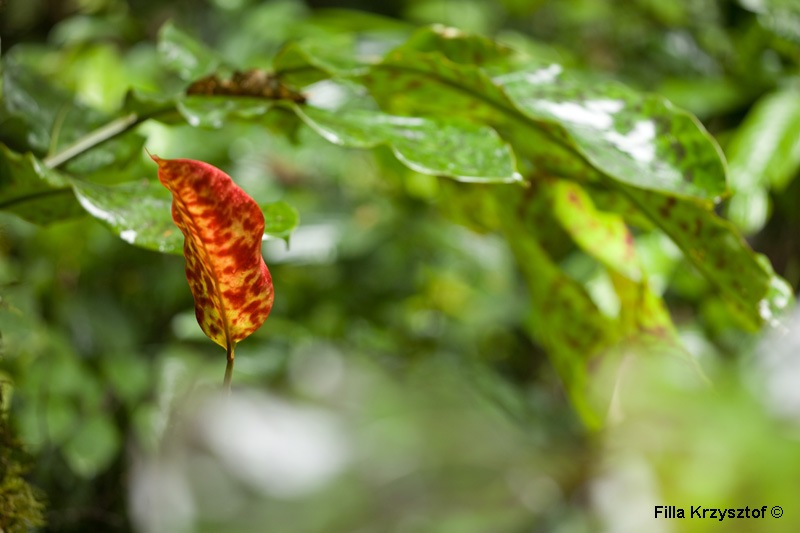
^ ^^^
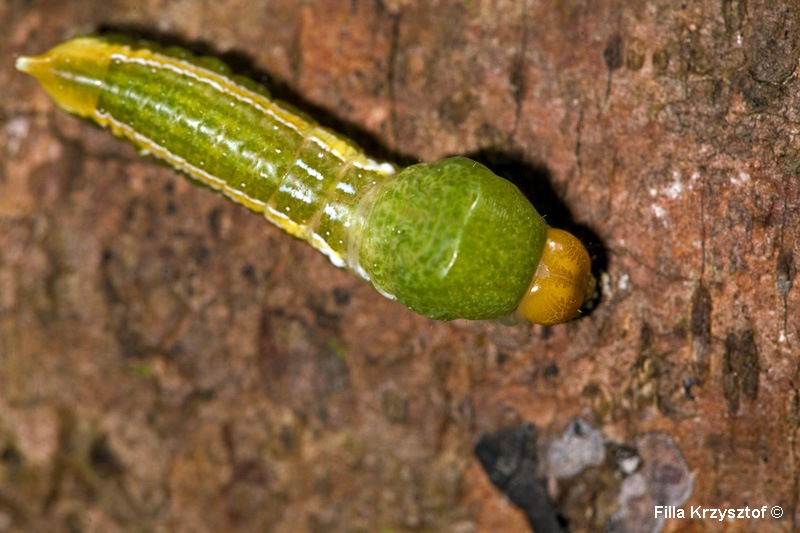
^ ^^^
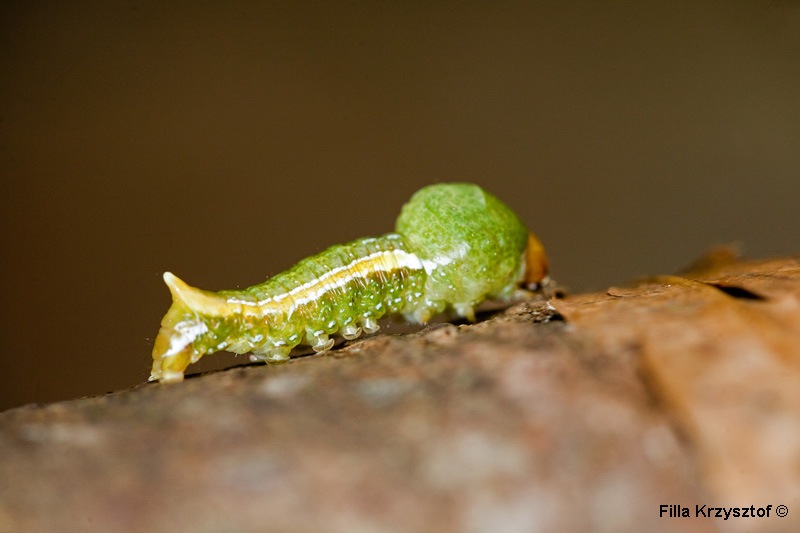
^ ^^^
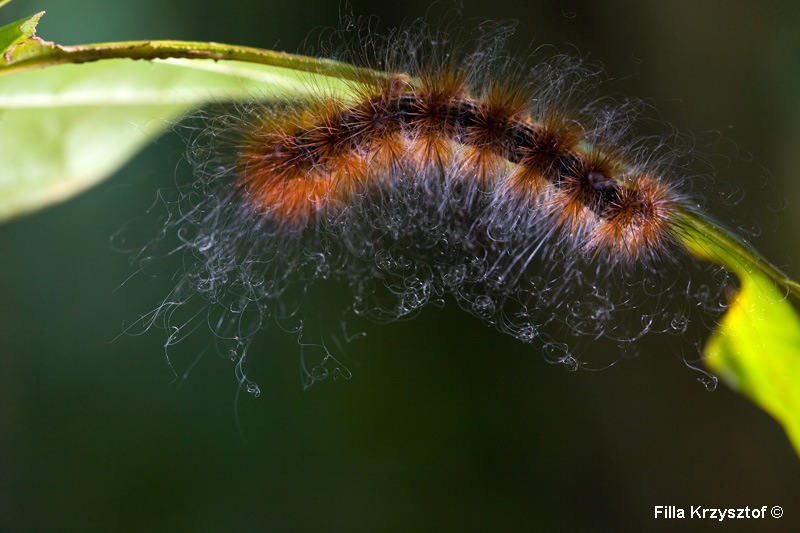
^ ^^^
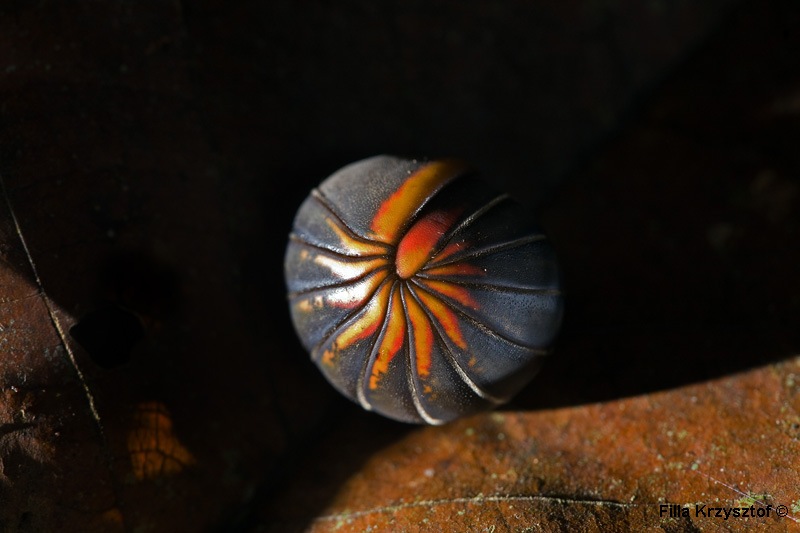
Pill millipede rolls into a ball when disturbed and in danger. They feed on decomposing matter mainly wood.
^ ^^^
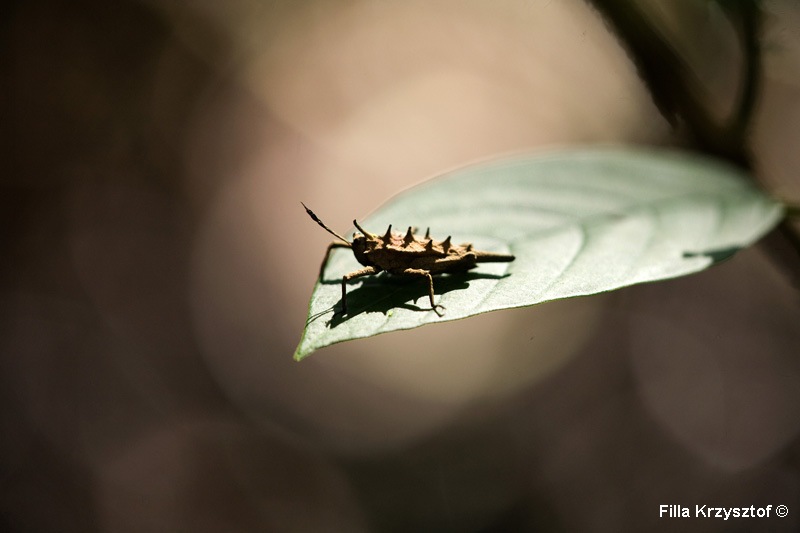
Thorny grass hopper.
^ ^^^
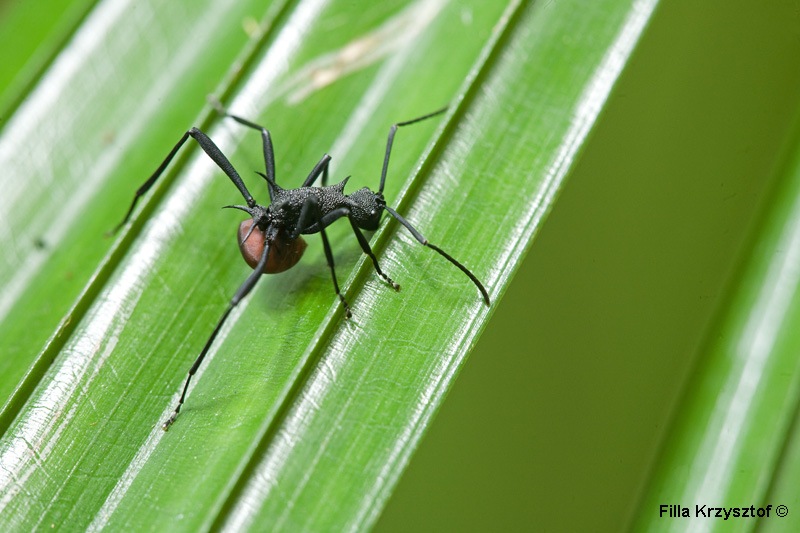
A thorny ant (Polyrhachis armata).
^ ^^^
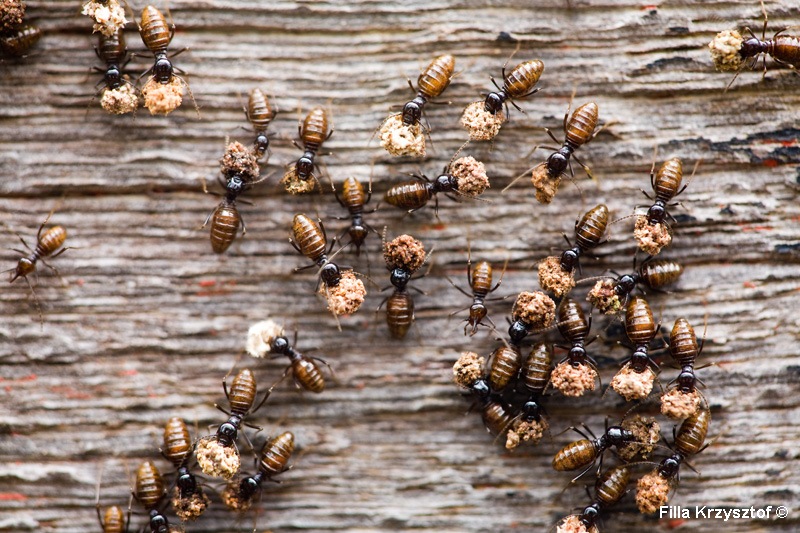
Among many animals in the forest, termites are very important to keep ecosystems in healthy balance due to their recycling function of dead wood and other decomposing matter.
^ ^^^
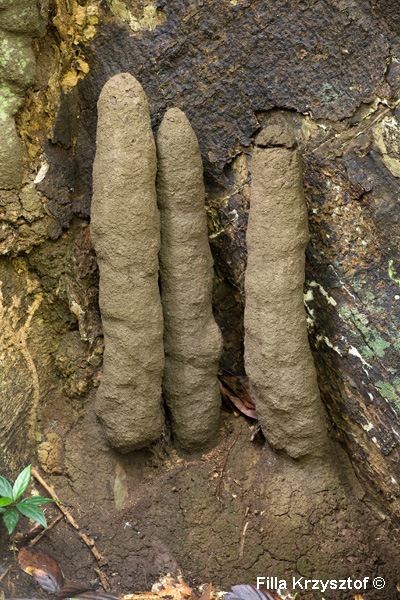
At the base of a tree trunk 3 termite ventilation towers about 80cm high.
^ ^^^
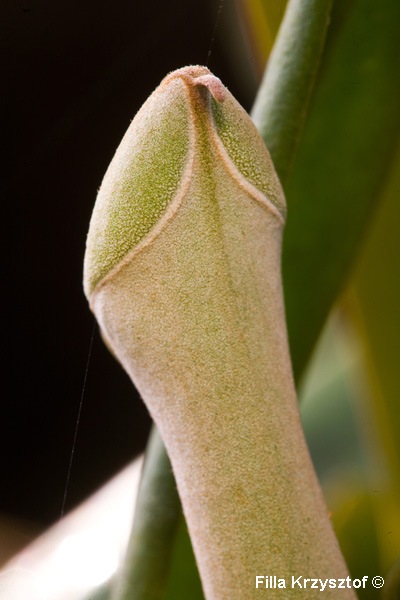
Unopened young pitcher plant.
^ ^^^

Likewise in the previous picture the same pitcher plant with an open lid.
^ ^^^
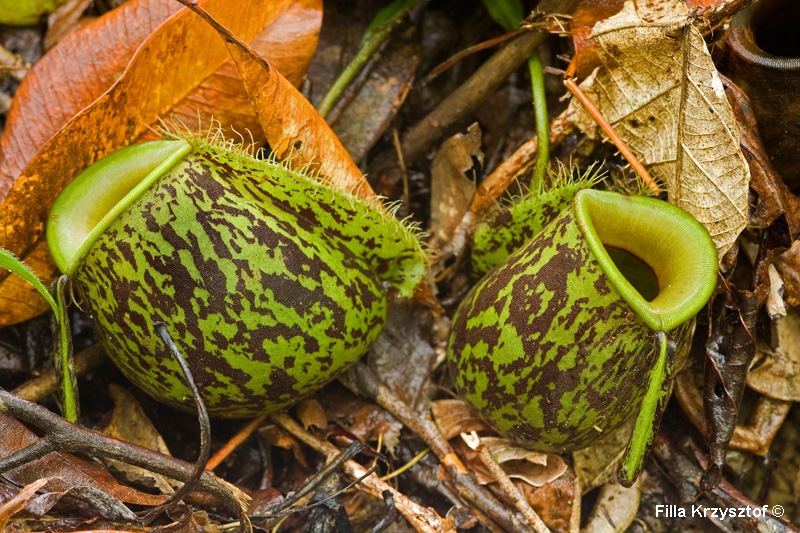
The flask-shaped pitcher-plant (Nepenthes ampullaria ) one of the most popular pitchers occuring in South East Asia.
^ ^^^
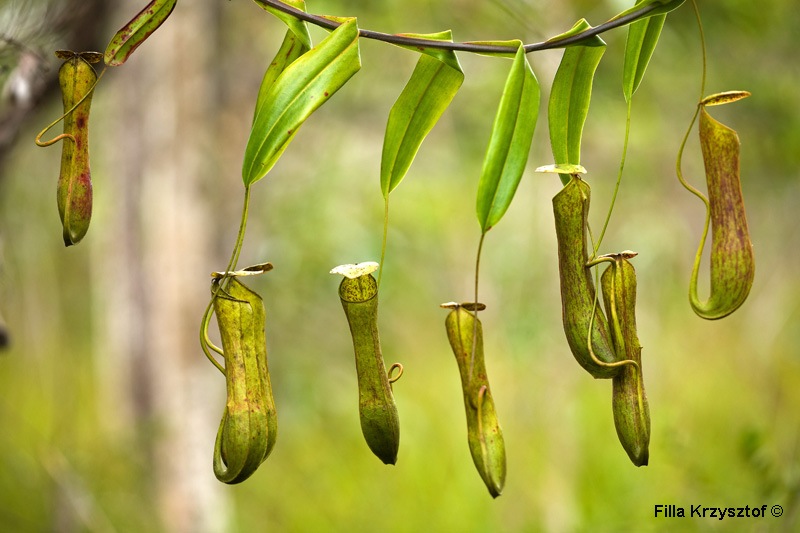
^ ^^^
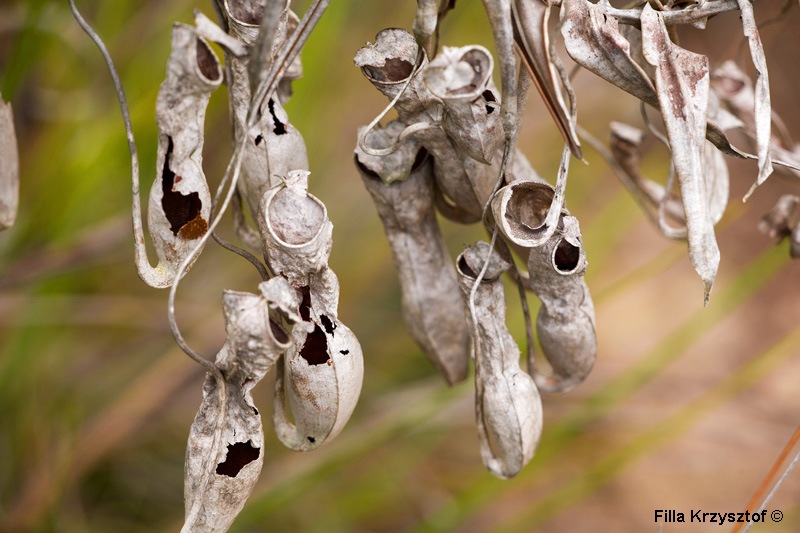
Dried pitcher plants.
^ ^^^
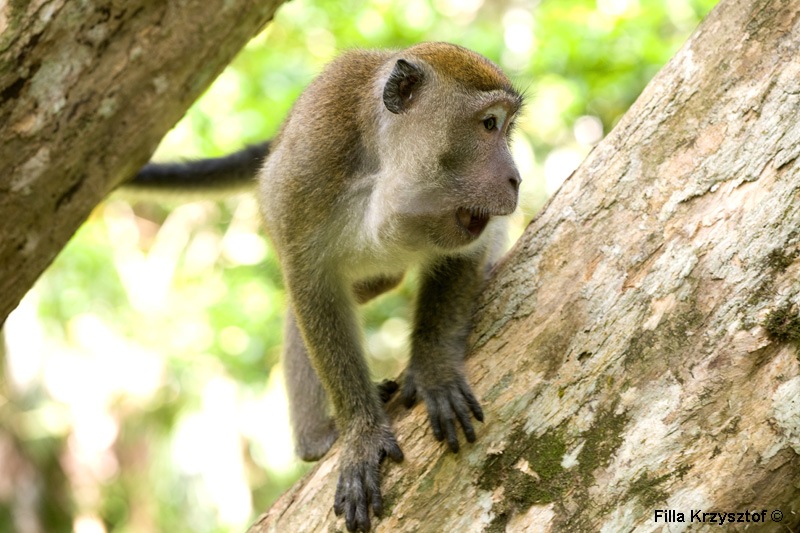
The long-tailed macaque (Macaca fascicularis) also known as the crab-eating macaque. It is often observed along shore line eating crabs.
^ ^^^
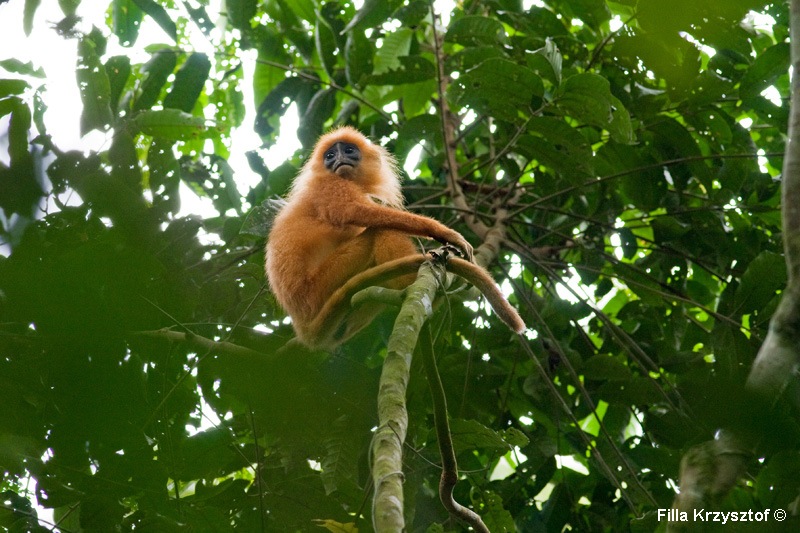
The red leaf monkey (Presbytis rubicunda), is a species of monkey endemic to Borneo Island.
^ ^^^
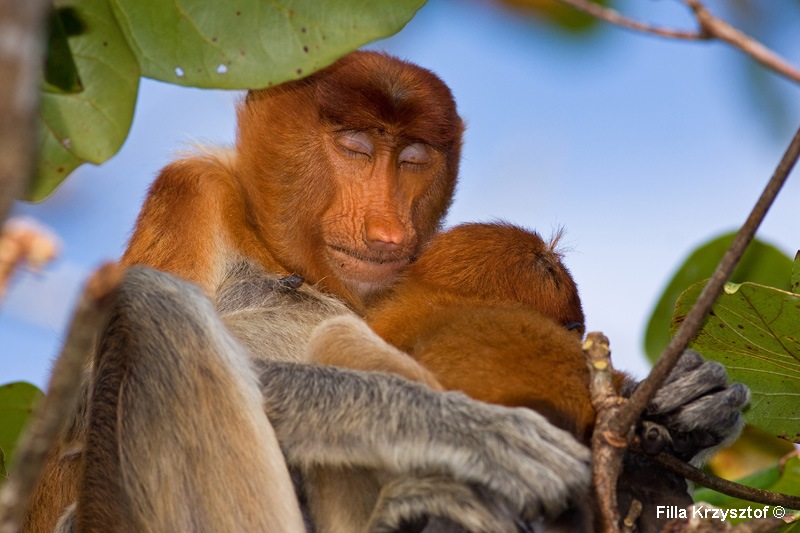
The proboscis monkey (Nasalis larvatus) is another species of monkey endemic exclusively to the Borneo island. The proboscis monkey are highly endangered due to the habitat loss and incapability to breed in captivity.
^ ^^^
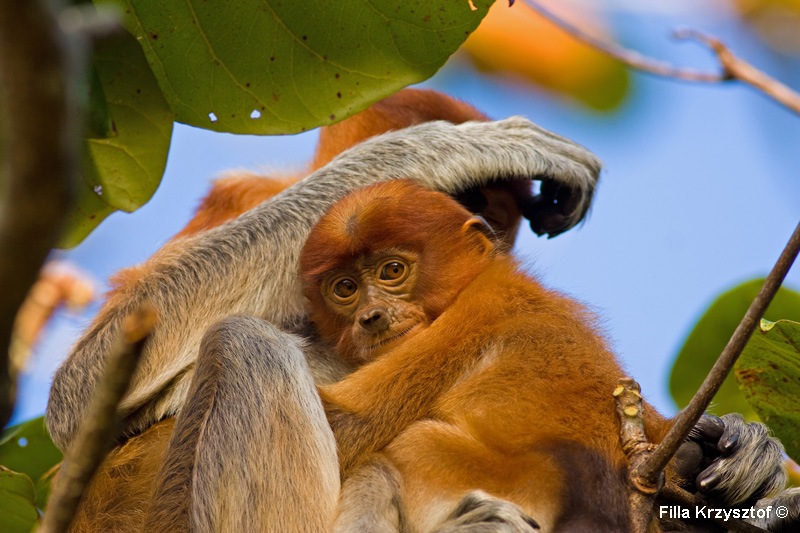
The proboscis monkey's infants are born black and after 3-4 month change colour to brownish. Mothers care for their young for a period of one year. Their live span is about 20 years.
^ ^^^
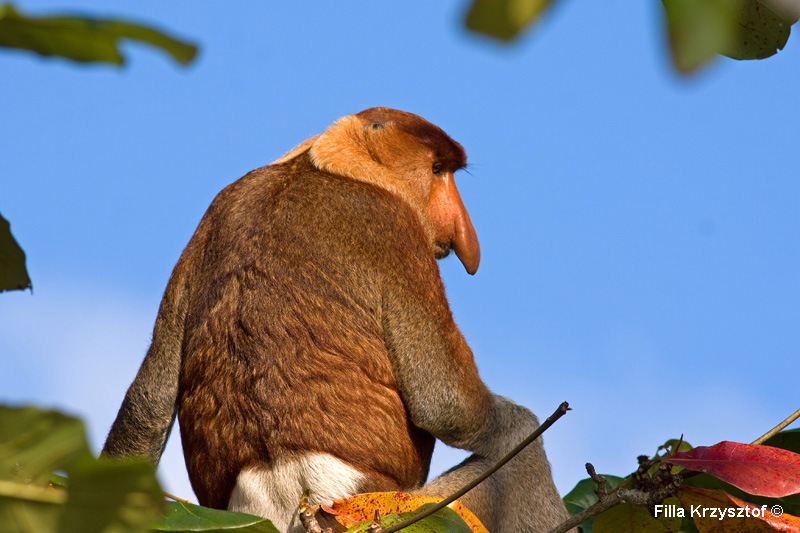
Another name for the proboscis monkey is “monyet belanda” which goes for The Dutch monkey. The Indonesians described the Dutch colonisers often with similarly large bellies and noses.
^ ^^^
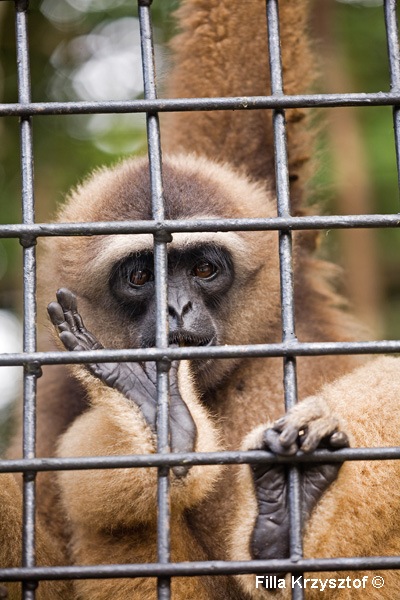
Like orangutans, gibbons are apes, but, unlike orangutans, they are considered lesser apes.They live high in canopy and seldom lower down. Compared to the great apes, gibbons are much smaller and nimbler swinging swiftly from branch to branch. This picture is taken in rehabilitation centre which resembled more a noisy zoo than a refuge for animals.
^ ^^^
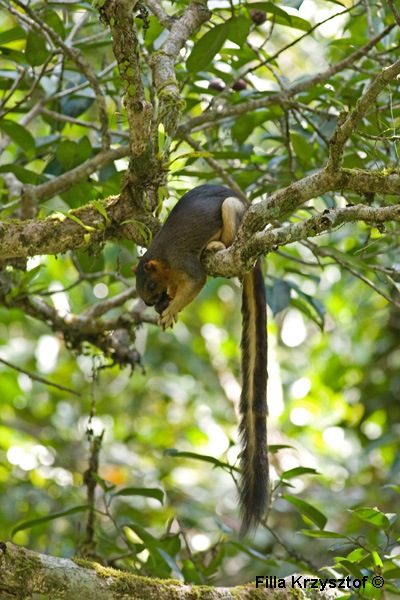
The cream-coloured giant squirrel (Ratufa affinis).
^ ^^^
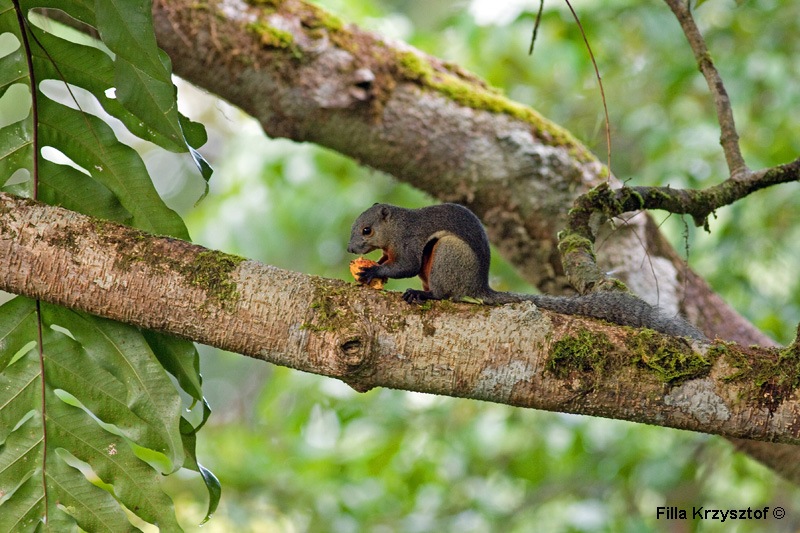
^ ^^^
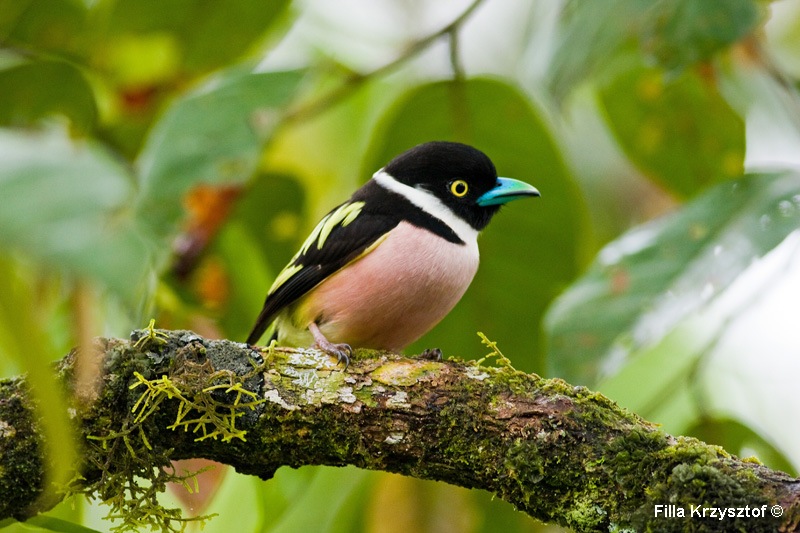
Black-and-yellow broadbill (Eurylaimus ochromalus).
^ ^^^
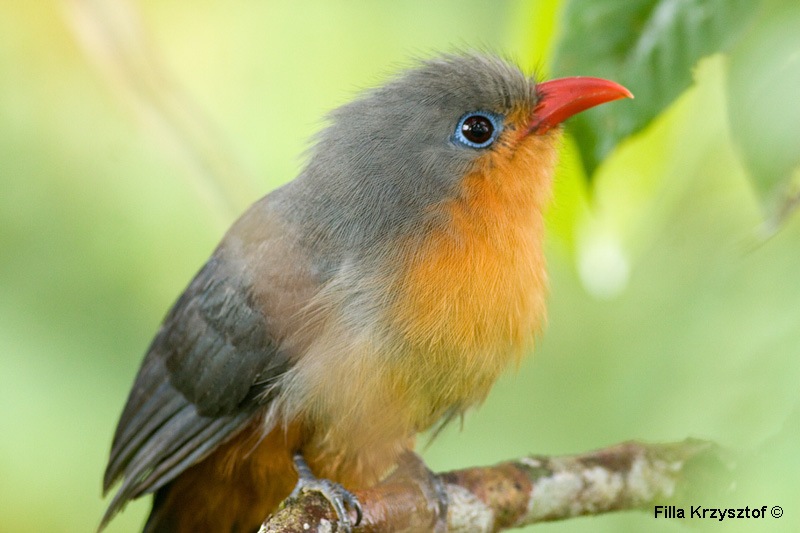
^ ^^^

Crested Fireback (Lophura ignita ).
^ ^^^
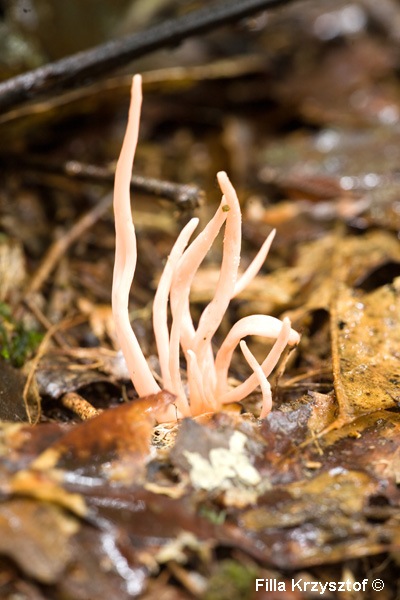
Mushroom.
^ ^^^
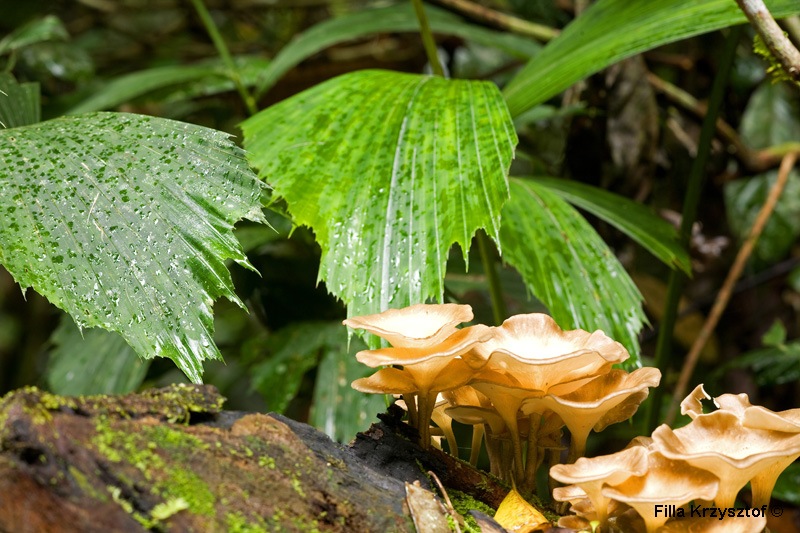
^ ^^^

^ ^^^
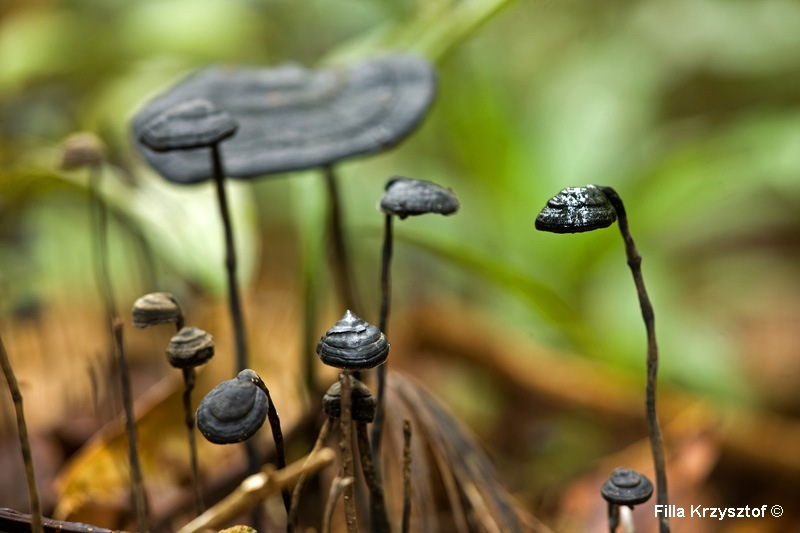
^ ^^^
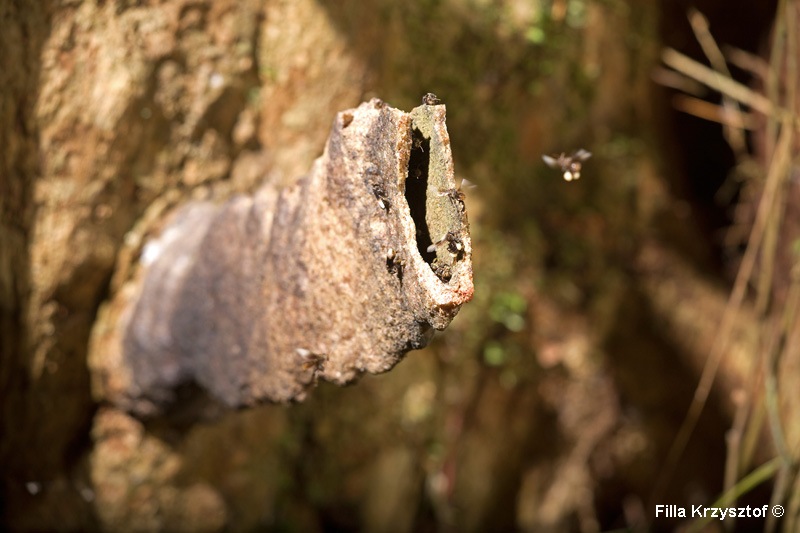
A tube like entrance to a bee hive built inside a tree trunk.
^ ^^^
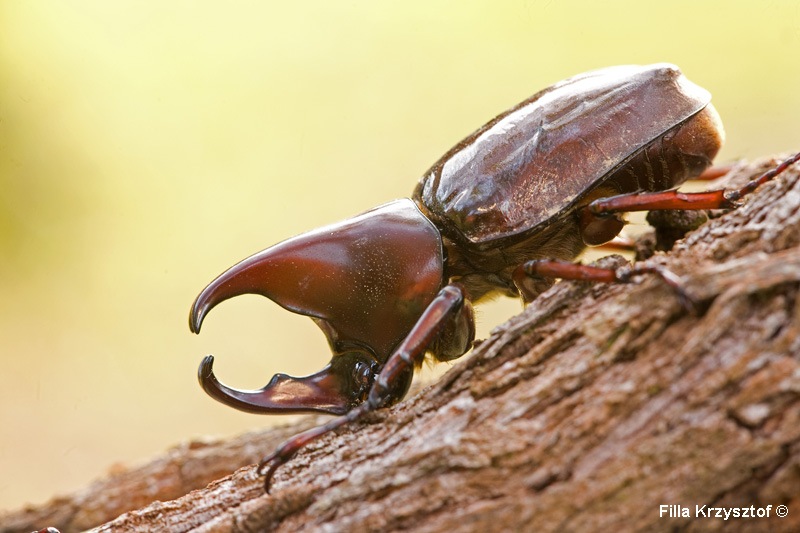
The Siamese Rhinoceros Beetle or Two-horned Rhinoceros Beetle (Xylotrupes gideon).
^ ^^^
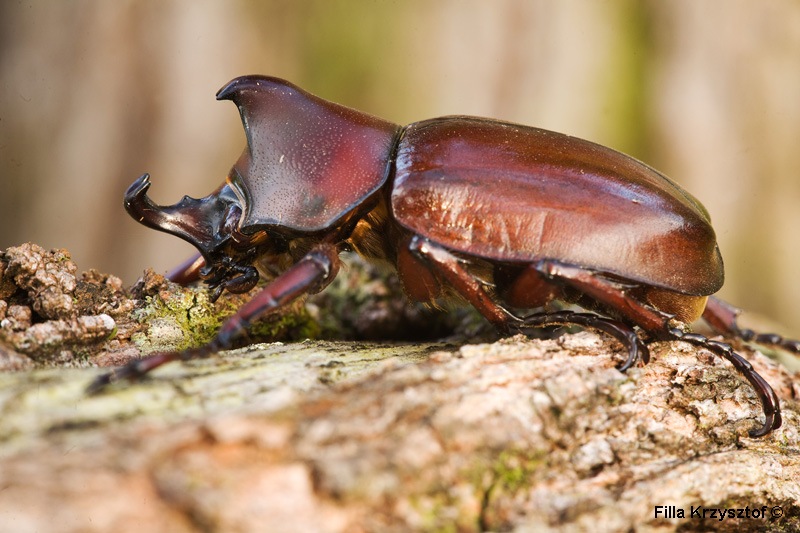
A female Two-horned Rhinoceros Beetle (Xylotrupes gideon).
^ ^^^
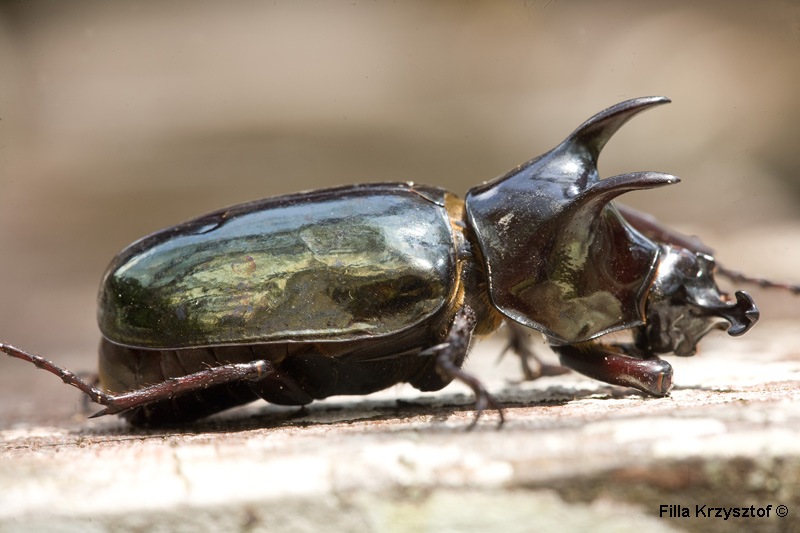
Three-horned Rhinoceros Beetle (Chalcosoma moellenkampi).
^ ^^^
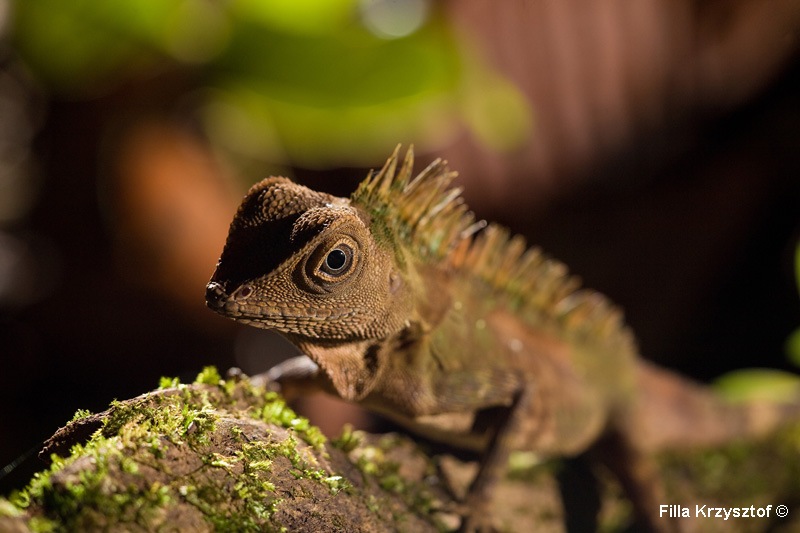
Borneo Anglehead Lizard or Borneo Forest Dragon (Gonocephalus borneensis) is a lizard endemic to Borneo.
^ ^^^
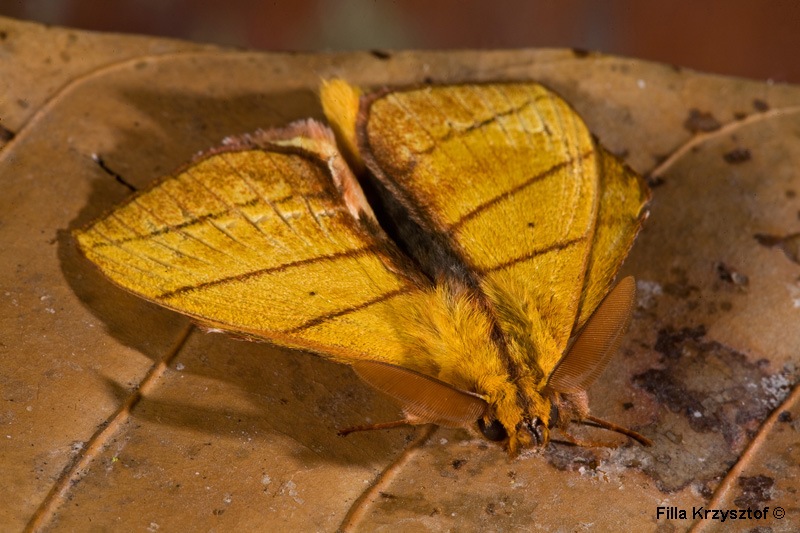
^ ^^^
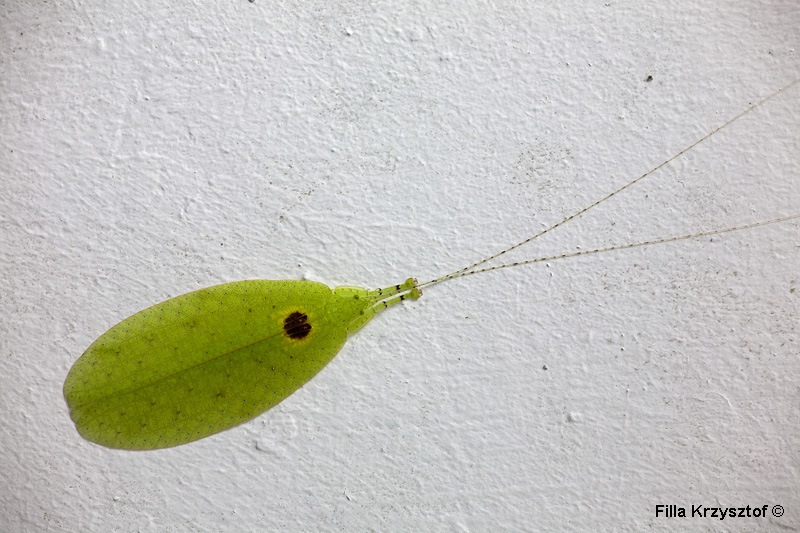
Masters of camouflage. This insect sitting on some leaves is almost invisible.
^ ^^^

Another master of camouflage that belongs to the large family of leaf insects.
^ ^^^
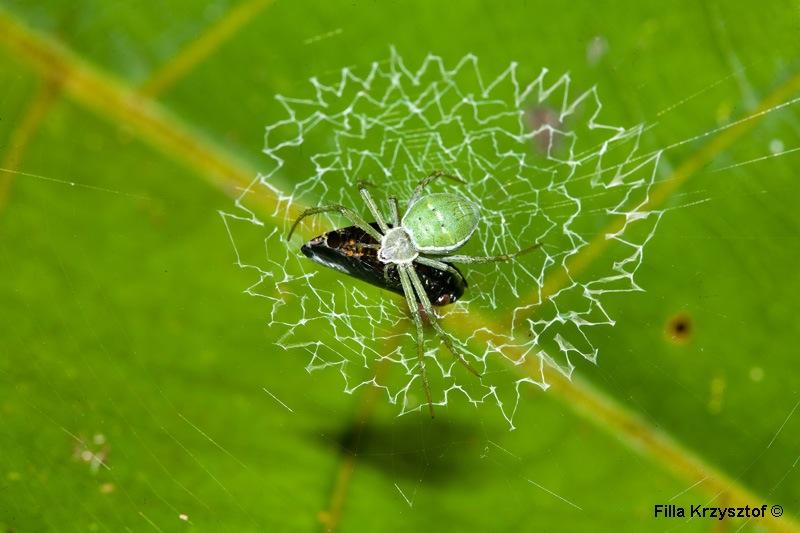
The zigzagging form of spider web decoration is called stabilimenta. The purpous of this, is still a subject of debate among scientists but experiments show that it is a sign for diurnal animals such as birds or mammals to avoid crossing through the web and destroying it.
^ ^^^
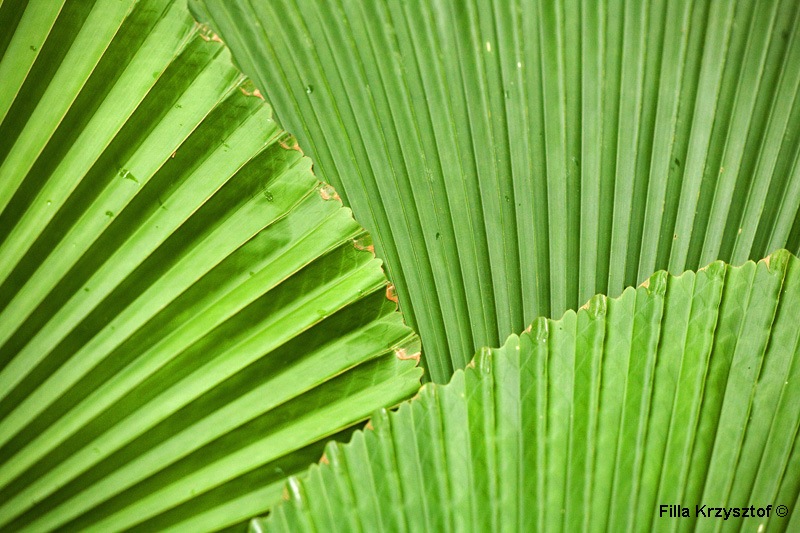
^ ^^^
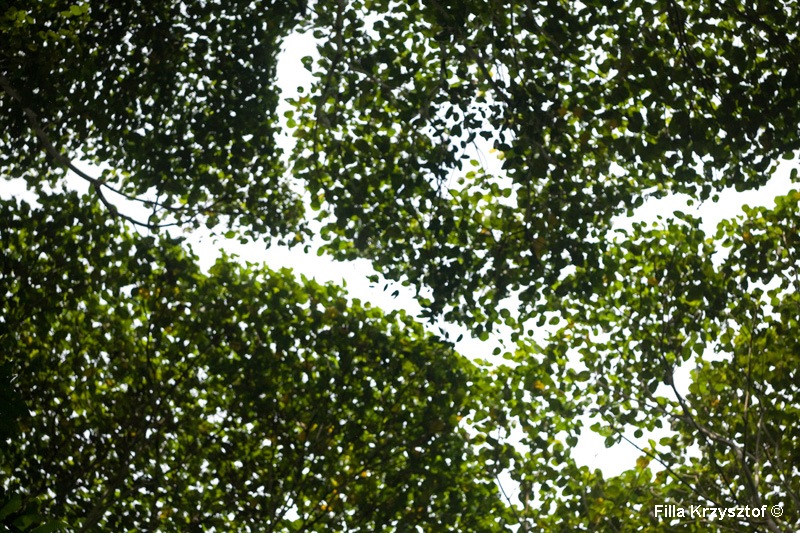
Scientists do not know why but in the rainforest branches of trees do not cross over with branches of another tree.
^ ^^^
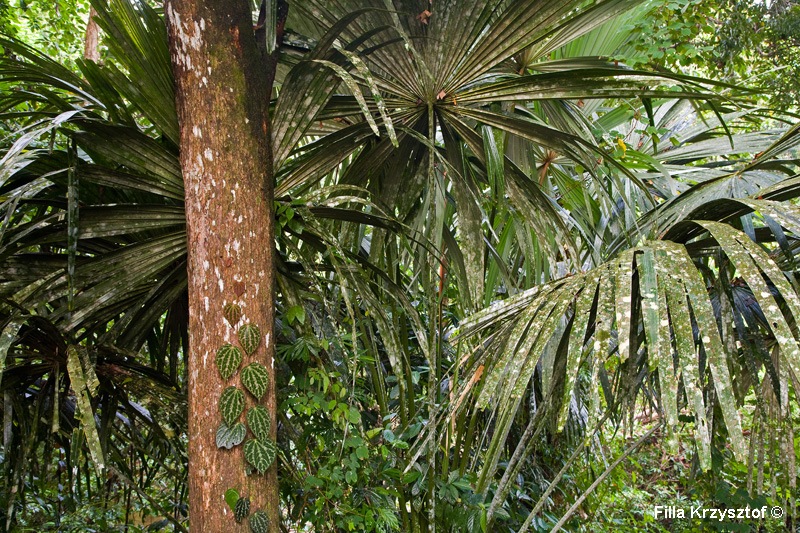
^ ^^^
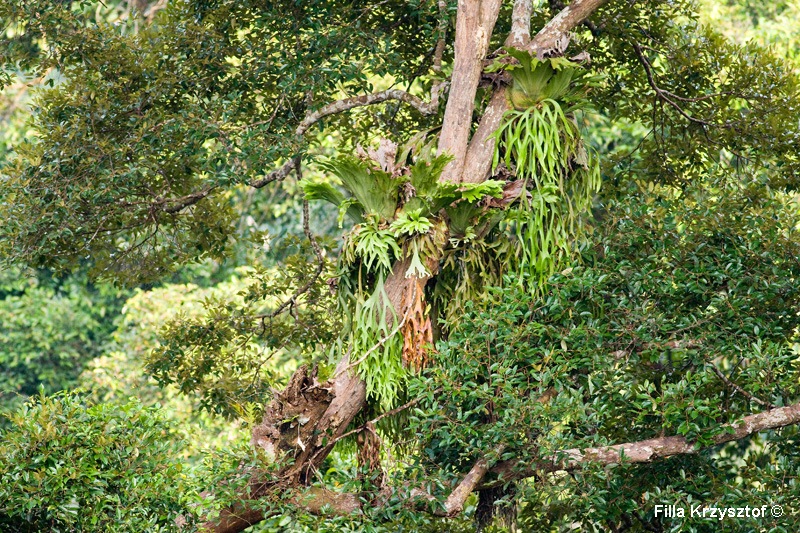
Epiphyte of Platycerium better known as staghorn or elkhorn fern.
^ ^^^
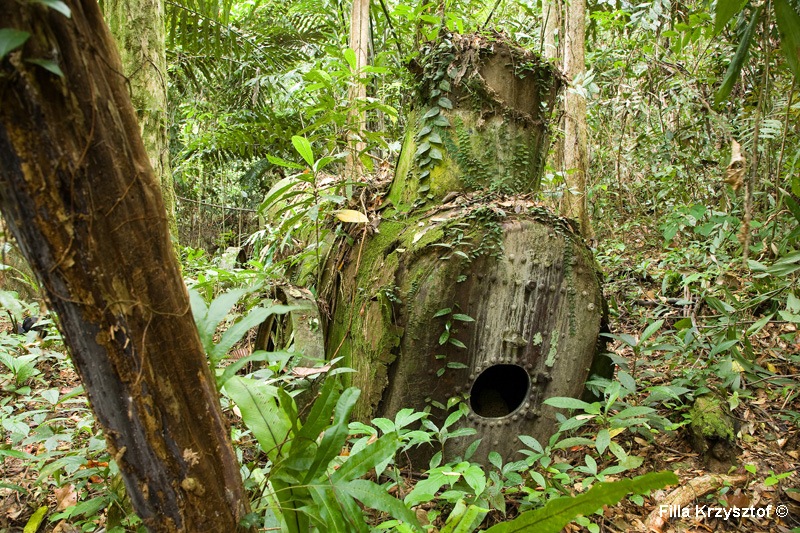
Left over after oil extraction in Lambir Hills National Park.
^ ^^^
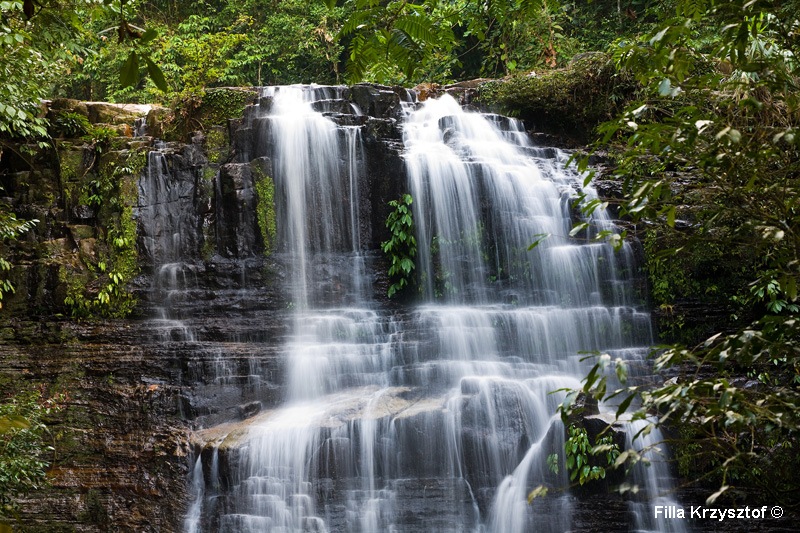
^ ^^^
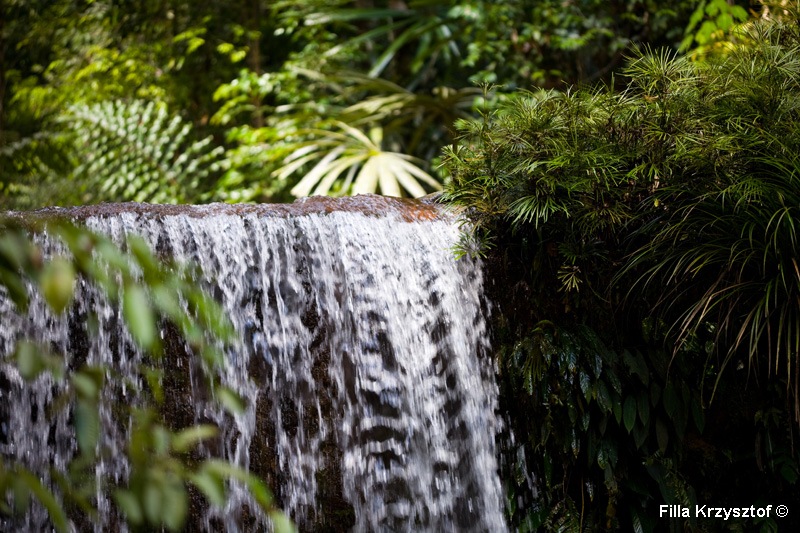
^ ^^^
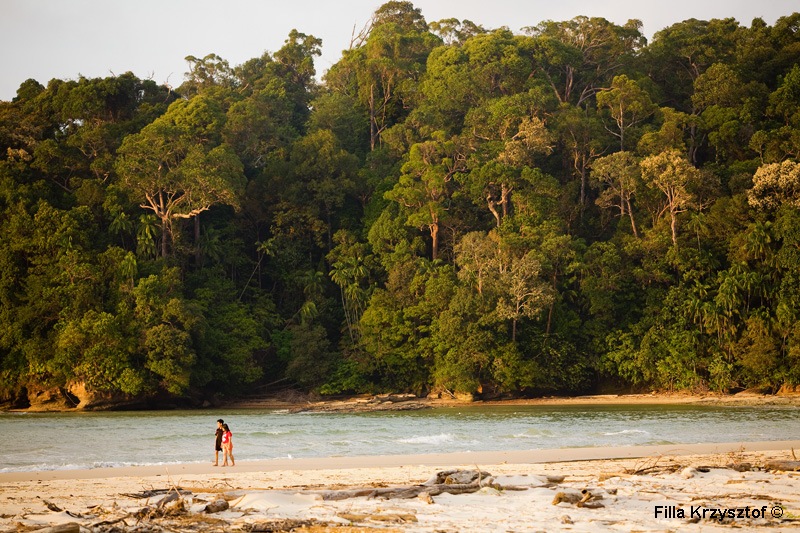
^ ^^^
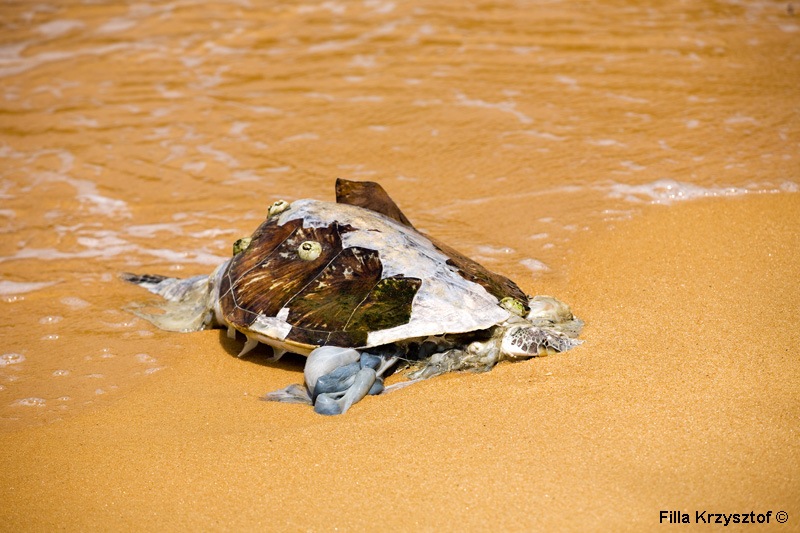
The turtle beach is located in a narrow strap of forest called Similajau National Park. The beach is a place for turtles to lay their eggs. Unfortunately many do not make it and are killed by passing fishing boats.
^ ^^^
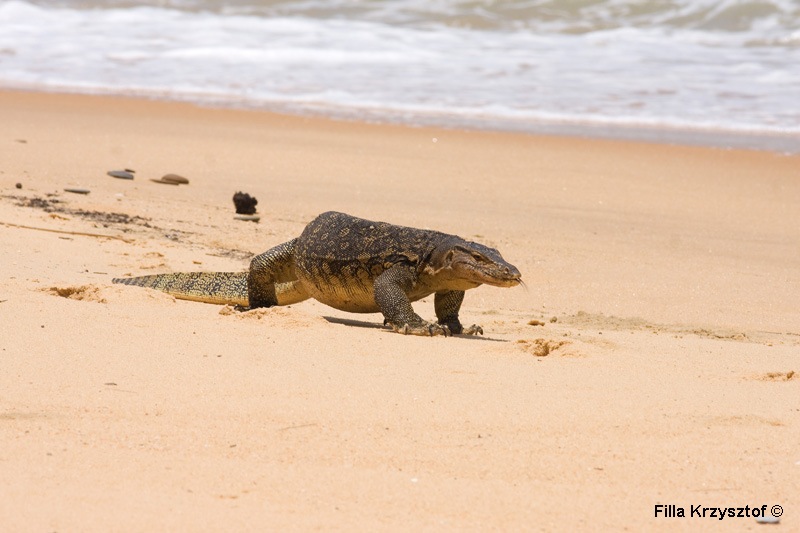
A monitor lizard (Varanus salvator).
^ ^^^
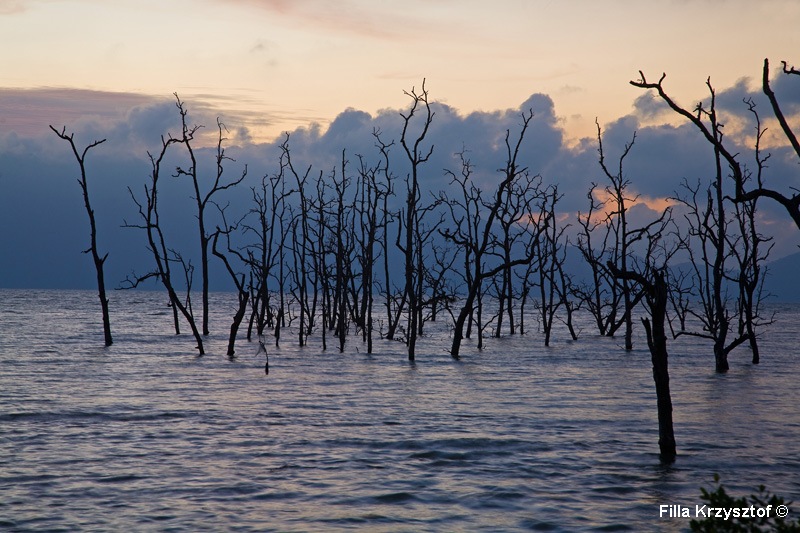
Dead mangrove forest.
^ ^^^
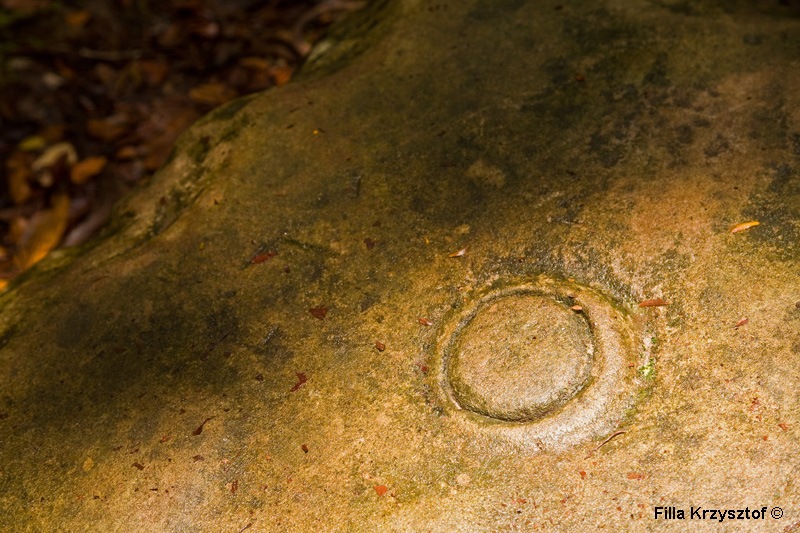
I was intrigued by the perfect circular shapes on some boulders in Bako NP and only then I understood these are fossils of some creatures that left its mark in the sand stone.
^ ^^^
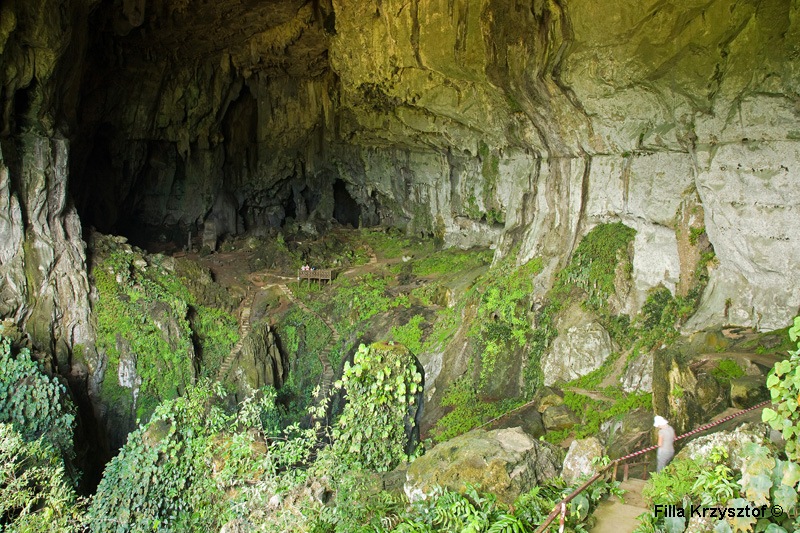
Main chamber of the Fairy Cave.
^ ^^^
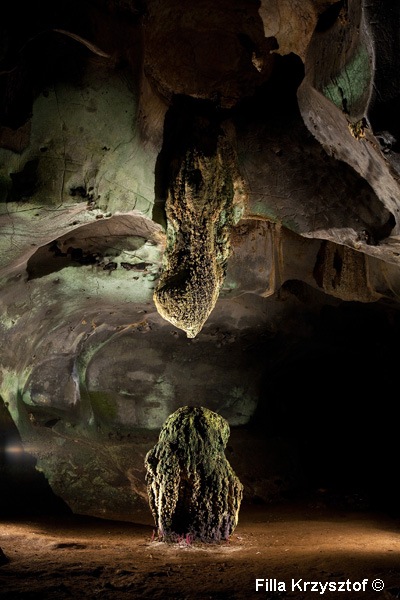
^ ^^^

























































